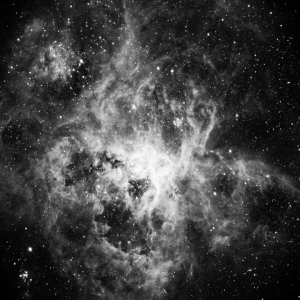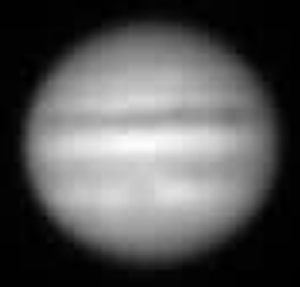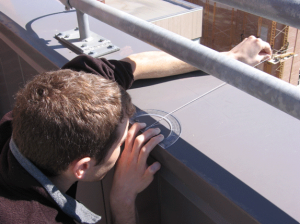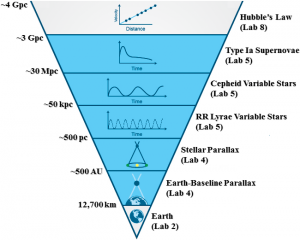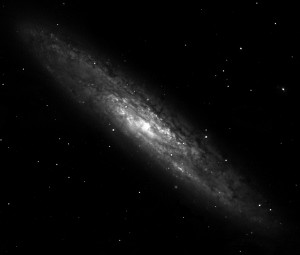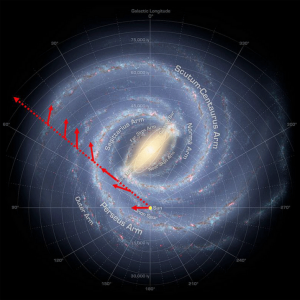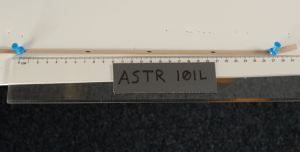This page contains:
- A brief summary of what we do in each lab
- Sample labs from WebAssign
Lab 1: Introduction to Skynet
- Observe astronomical objects with the PROMPT telescopes at the Cerro Tololo Inter-American Observatory in the Chilean Andes and with other telescopes around the world in the Skynet Robotic Telescope Network.
- Adjust the brightness and contrast levels of astronomical images to better view detail in them.
- Measure angles between and across objects in your images.
- Identify objects in your images that are moving through that part of the sky.
Sample Lab from WebAssign
Lab 2: Earth and the Seasons
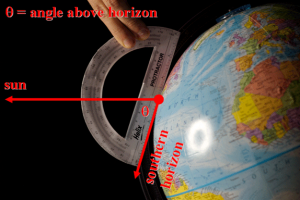
The angle of the sun above the horizon of Chapel Hill, North Carolina, as observed at midday on the first day of summer.
- Determine how length of day changes with latitude and season.
- Determine how the height of the sun in the sky at midday changes with latitude and season.
- Measure Earth’s diameter.
Lab 3: The Galilean Revolution: Earth’s Place In the Solar System
- Measure a moon’s orbit around a planet.
- Use this information to measure the mass of the planet.
- Measure the phase and angular diameter of Venus.
- Use this information to distinguish between the geocentric and heliocentric models of the universe.
Sample Lab from WebAssign
Lab 4: The Cosmic Distance Ladder I: Parallax
- Use parallax to measure distances to objects on Earth.
- Use parallax and Earth’s diameter to measure distances to objects within our solar system.
- Use parallax measurements of objects within our solar system to measure the astronomical unit (AU).
- Use parallax and the AU to measure distances to nearby stars.
Sample Lab from WebAssign
Lab 5: The Cosmic Distance Ladder II: Standard Candles
- Use RR Lyrae variable stars to measures distances to objects within the Milky Way galaxy.
- Use Cepheid variable stars to measure distances to nearby galaxies.
- Use Type Ia supernovae to measure distances to faraway galaxies.
Lab 6: The Great Debate: The Solar System’s Place in the Galaxy and the Galaxy’s Place in the Universe I
- Use RR Lyrae variable stars in globular clusters to measure our distance from the center of the Milky Way galaxy (i.e., is the solar system at the center of the Milky Way?).
- Use RR Lyrae variable stars in globular clusters to measure the approximate size of the Milky Way.
- Use Cepheid variable stars in nearby galaxies to measure their sizes (i.e., is the Milky Way the primary object in the universe or is it merely one of countless many similar-sized objects in the universe?)
Lab 7: The Rotation Curve and Mass of the Galaxy: Dark Matter
- Measure the speeds at which matter orbits our galaxy.
- Measure the rotation curve of our galaxy, and use it to determine if our galaxy’s mass is concentrated at its center or spread throughout its disk.
- Measure the mass of our galaxy within different radii from its center, and use this information to determine if our galaxy is composed primarily of visible matter or of a combination of visible and dark matter.
Lab 8: Hubble’s Law: The Galaxy’s Place in the Universe II
- Learn that the Big Bang was not an explosion in space but an explosion of space.
- Determine that our galaxy is not at the center of the universe and that the universe in fact has no measurable center.
- Determine whether the universe is expanding at a decelerating, constant, or accelerating rate.

